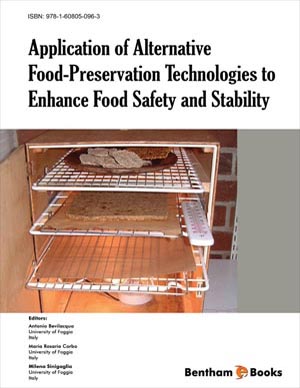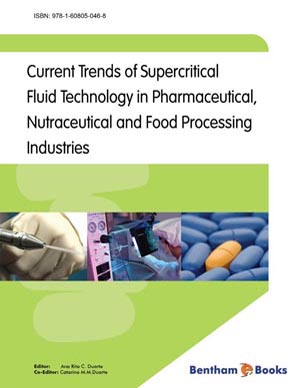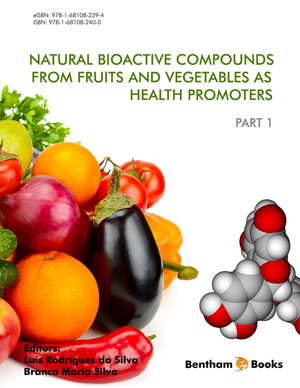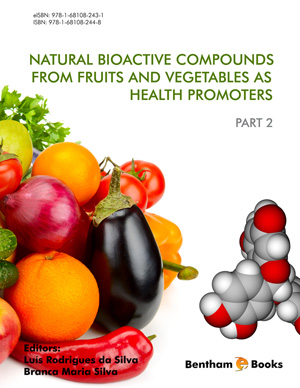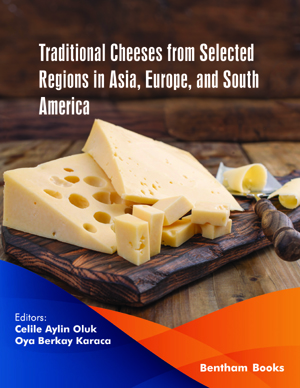Abstract
High pressure processing has been proposed since the beginning of the 1900, as a suitable mean for reducing food contamination by pathogens and spoiling microorganisms. It is defined as non-thermal treatment that uses the pressure (300-700 MPa, in some cases up to 1000 MPa) as the main preservation method.
Based on the different ways to achieve pressure increase, we can distinguish between High Hydrostatic Pressure (HHP) and High Pressure Homogenization (HPH); HHP attains pressure rise through a fluid, whereas in HPH treatments pressure increases as a consequence of forcing product through a small valve (homogenizing valve).
Both these approaches have been proposed for different kinds of foods (HHP, for chopped onions, apple sauce and apple sauce/fruit blends as eat-on-to-the-go single serve tubes; HPH, for milk and juices) and currently used in many industrial applications.
The chapter proposes an exhaustive description of both these methods, including the mode of actions against the microorganisms, the modifications on foodstuffs, a possible combination with some other hurdles and some examples of industrial applications.
Finally, in the case of HHP there is a report on its safety and implications on health, based on some publications of Public Agencies.
Keywords: High Hydrostatic Pressure, Homogenization, Effects of pressure on microorganisms, Equipments.


